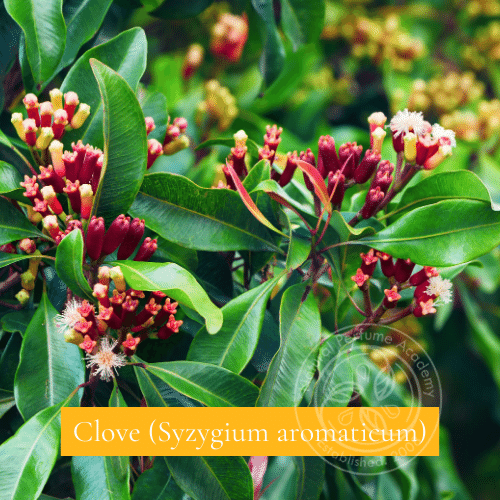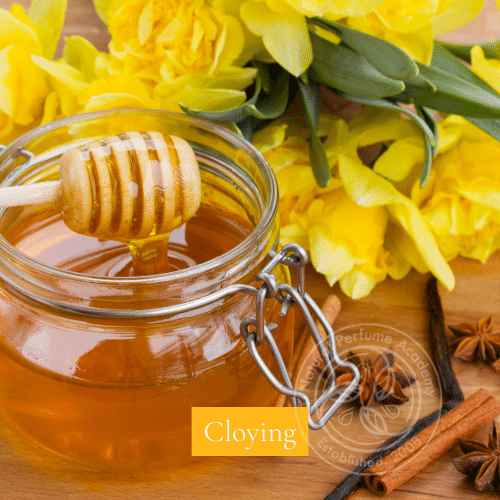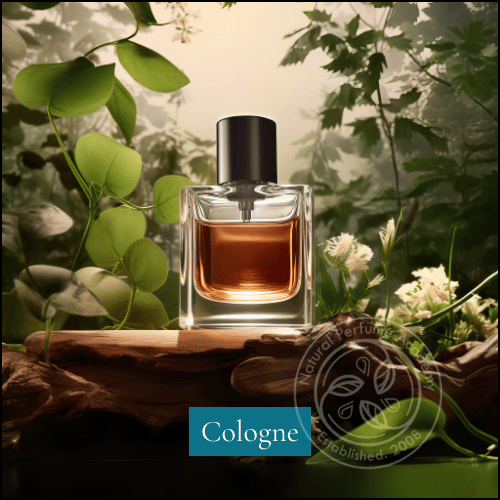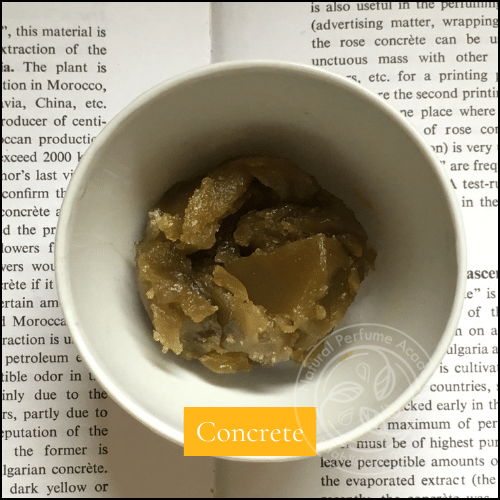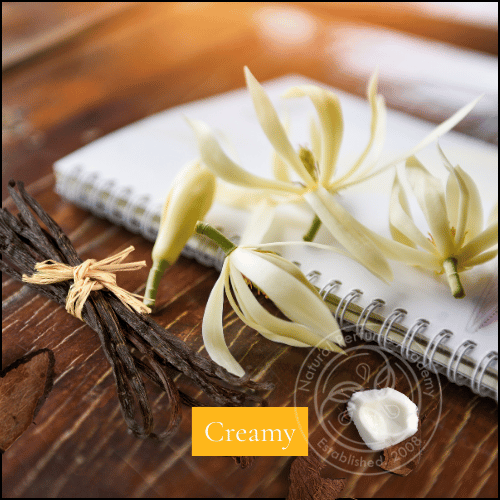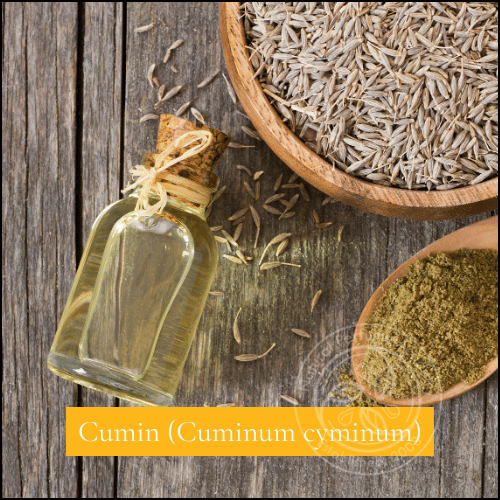
Title: Cumin
Botanical Name: Cuminum cyminum
Description: Cumin is an aromatic spice derived from the dried seeds of the Cuminum cyminum plant, belonging to the Apiaceae family. Known for its distinctive warm, earthy, and slightly bitter aroma, cumin has been utilised in various cultures for its culinary, medicinal, and perfumery purposes.
Historical Context in Perfumery: In ancient perfumery, cumin was valued for its potent and lingering scent, which added depth and warmth to fragrance compositions. It was often used in combination with other spices and resins to create complex and exotic perfumes. Ancient civilisations such as the Egyptians, Greeks, and Romans incorporated cumin into their perfumery practices, recognising its ability to enhance the aromatic profile of their creations.
Extraction Method: The essential oil of cumin is typically extracted through steam distillation of the seeds. This process yields an oil rich in aromatic compounds, including cuminaldehyde, which contributes to its characteristic scent.
Aromatic Profile: Cumin essential oil has a strong, spicy, and slightly sweet aroma with a warm, nutty undertone. Its scent is both penetrating and long-lasting, making it a valuable component in natural perfume blends.
Uses in Natural Perfumery:
- Base Note: Cumin is often used as a base note in natural perfumery, providing a warm and grounding foundation for more volatile top and middle notes.
- Spicy Accents: Its spicy and earthy scent can add complexity and intrigue to perfumes, especially in oriental and exotic fragrance blends.
- Complementary Blending: Cumin pairs well with other spices like coriander and cardamom, as well as with resins like frankincense and myrrh, creating rich and multifaceted fragrances.
Cultural Significance: Beyond its use in perfumery, cumin has held cultural and medicinal significance across various ancient societies. It was often used in rituals and ceremonies and believed to possess protective and healing properties.
Modern Usage: Today, cumin essential oil continues to be a cherished ingredient in natural perfumery, appreciated for its unique aroma and its ability to evoke a sense of warmth and tradition. It is used sparingly due to its potent scent but remains an important component in the palette of natural perfumers.
By understanding the historical and aromatic significance of cumin, modern natural perfumers can create fragrances that pay homage to ancient traditions while appealing to contemporary olfactory preferences.
